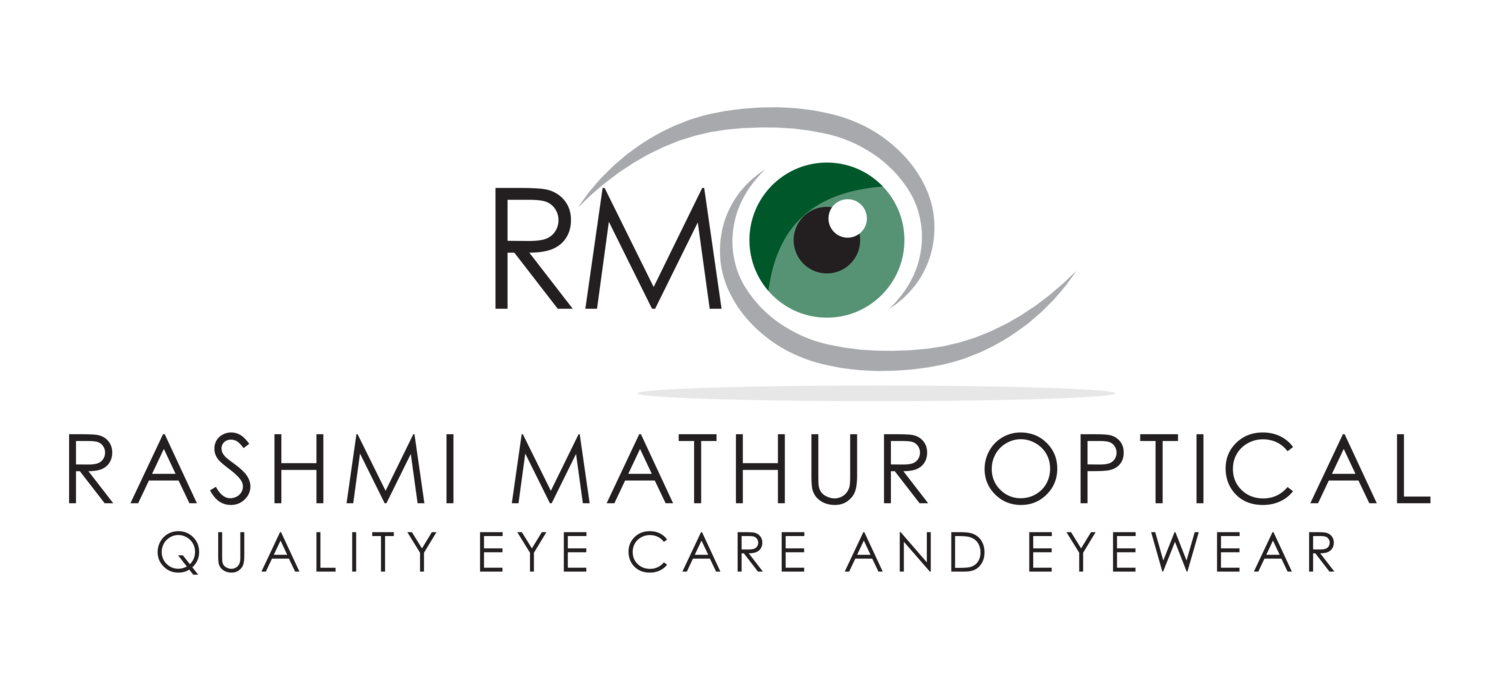Myopia Control
It’s finally here…
At RMO we are excited to offer the service of Myopia Control for your children under the age of 18.
Myopia or short-sightedness causes distant objects to appear blurry.
Prevalence and risk of myopia
It used to be thought that myopic parents would have myopic children - which remains true (the risk factor increases X6) but the added factors of a changed social and physical world with more time indoors and longer screen time has increased its prevalence significantly in the last 30 years. By 2050, it is thought that 50-70% of the populaton will be myopic.
The earlier a child becomes myopic (before the age of 8), the greater their risk of progressing to HIGH myopia (>5.00 Dioptres). High myopia carries with it the risk of myopic macular degeneration, retinal tears, and detachments, amongst others - all of which are potentially sight threatening.
The rapid increase in the prevalence of myopia as well as the associated risks of high myopia are seen as a public health issue by The World Health Organisation (WHO). Based on this data and the CDCs’s definition, myopia is considered a pandemic.
Our Professional Bodies in the U.K. (General Optical Council, College of Optometrists and Association of Optometrists) now actively advocate that Optometrists practice Myopia Control (the term used to encapsulate treatment options) to slow progression in children.
There have been stunning developments in the management and treatment of myopia with the understanding that not only can we correct myopia with glasses and contact lenses but that we can reduce progression by 50% in children.
Simply put, it means a child who would have become a -8.00D prescription (at the rate of increasing 0.50-1.00 Dioptre/year) would be kept to -4.00D.
The implications of this in terms of myopic pathology and blindness is stunning.
So, what is Myopia Control?
To understand Myopia Control, you have to understand Peripheral Hyperopic Defocus. Broken down, this means the that blurred vision in the peripheral retina MATTERS.
Normal spectacle lenses correct the central retina - blue rays
The red and green rays in the periphery remain unfocused
The eyeball elongates to try to put the periphery in focus
Image shell (orange) beyond retina
Myopia Control Options take the peripheral blur and focus it back on the retina
Image shell (orange) on retina
Myopic Control: there are four treatment options:-
Glasses with a near vision correction incorporated as Executive Bifocals.
Ortho-keratology specially designed contact lenses to temporarily reshape the cornea while you sleep.
Multifocal daytime contact lenses 1-day disposables.
Atropine eyedrops: This low dose 0.01-0.05% cycloplegic works as adjunct therapy with glasses or contact lenses.
There is such a simple powerful tool in Myopia Control that you as parents can incorporate immediately – tell your child to “Go outside & PLAY”
*Efficacy is the resultant reduction in the rate of myopic progression associated withthe tretment
Outdoor time
What should be natural for children has changed so dramatically in the last 20 years and particularly in the last 18 months of the pandemic where children are spending up to 8-10 hours on a screen with schoolwork and entertainment. Data supports the hypothesis that because outdoor light is brighter, it creates a release of dopamine from the retina, which slows down the growth of the eye, keeping it smaller and lowers the risk of becoming myopic.
Just one hour per day, adding up to 7 hours /week reduces the risk by 14%. Two hours outdoors per day further reduces the risk by 28%!
Peripheral hypermetropic defocus occurs less in the light with a smaller pupil and more indoors where the light is dimmer and the pupil larger. As human beings, we were meant to be hunters and gatherers not readers and writers. We are not designed to do near centre work. Biologically, it’s a demand with many stress indicators. Its socially compulsive but completely unnatural.






